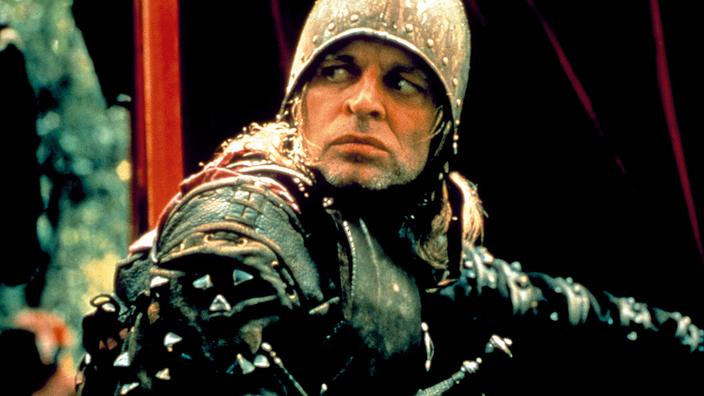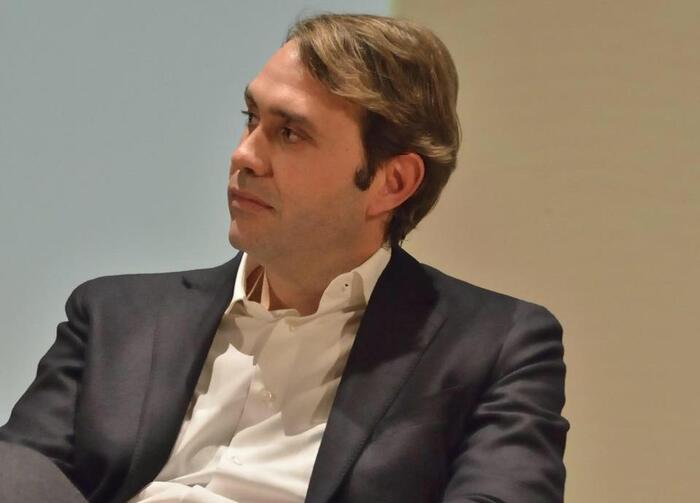In Cannes, between the Palais des Festivals and the Salle de la Quinzaine des Réalisateurs, there is much more than 650 meters to cover on the Croisette.
A world separates the official competition of the International Film Festival and the parallel selection, without jury or red carpet.
The Fortnight celebrated its fiftieth edition in May 2018.
Discover here LaCinetek's May selection dedicated to the Directors' Fortnight. Three months free subscription with the Figaro
Created in 1969 by the Society of Film Directors, it was born from the desire of filmmakers to showcase films and authors ignored by major international festivals. Directed by a young owner of a Lille film club, Pierre-Henri Deleau, who will remain General Delegate for the first thirty years, it has never ceased to reveal the big names of the seventh art, most of whom will return to Cannes in competition and win Golden Palm. The selection of the month proposed by LaCinetek attests to this. We find Jim Jarmusch (
Stranger than paradise
), Michael Haneke (
71 fragments of a chronology of chance
), the Dardenne brothers (
La Promesse
), Ken Loach (
Family Life
) and Werner Herzog (
Aguirre, the wrath of God
).
Read also: Cannes Film Festival: many films around the corner
And if there is one name that illustrates this pool of talent that is parallel selection, particularly at its beginnings in the 1970s, it is Werner Herzog. Journalist Bruno Icher recalls this in his book
Directors' Fortnight, the young years 1967-1975
(Riveneuve editions):
“With four films selected in four years
(Les dwarves also began small
in 1970,
Fata Morgana
in 1971,
Le Pays du silence and obscurity
in 1972 and
Aguirre, the wrath of God
in 1973
),
Herzog found at the Fortnight an echo chamber of planetary scope as well as a second home, his visits to Cannes being always celebrated as the return of the prodigal son. "
"The agitated collaboration between the Bavarian filmmaker and his gargoyle-headed alter ego has everything of a devastating passion"
The German filmmaker, noticed from his first feature film,
Signs of Life,
Silver Bear at the Berlinale in 1968, gained international recognition with
Aguirre, the wrath of God.
Taken from a chronicle of the conquest of the New World, filmed in the Amazonian foothills of the Andes mountain range, it stages the odyssey of conquistadors in search of Eldorado in the 16th century. Cinematographic poem, romantic hallucination, song of Christ gesture, all of this is true but would be nothing without the presence, at the center of this chimera of universal monarchy, of Klaus Kinski. An extraordinary actor not to say dangerous madman, whom Herzog will direct in three other feature films after
Aguirre
:
Nosferatu, ghost of the night
(1978),
Woyzeck
(1978),
Fitzcarraldo
(1981) and
Cobra Verde
(1987).
The agitated collaboration between the Bavarian filmmaker and his gargoyle-headed alter ego is all about a devastating passion.
Herzog will recount this sadomasochistic relationship in 1999 in
Intimate Enemies
.
Three quarters of the images in this documentary were shot in Peru, in this jungle where the apocalyptic filming of
Aguirre
and then
Fitzcarraldo took place
.
At first, Kinski's wilderness amazes Kinski, even if,
"he had a strange conception of it: he wanted it without mosquitoes and without rain,"
Herzog specifies.
One day, taking himself for his character, Klaus Kinski, sword in hand, rushes on extras and wounds one in the forehead. Everett / Bridgeman pictures
From the first night, Kinski leaves his tent and settles in the only hotel in the area. And things are only going to get worse. One day, taking himself for his character, Kinski, sword in hand, rushes on extras and wounds one in the forehead. Another, he's packing his bags.
"I knew he had broken thirty or forty contracts already,
" Herzog said.
So I went to see him. I told him, ''
The film comes before our personal feelings. '' '' I'm leaving! ''
He replied. So I told him that I was going to get my gun and that before he had gone ten meters he would have eight bullets in the head. And that the ninth would be for me. Terrified, he started to want to call the police,but he had forgotten that the nearest post was 450 kilometers away… ”
After Kinski's death in 1991, Herzog abandoned fiction to shoot only documentaries. He returned there a decade later but the flame was gone. As if, Kinski missing, his cinema had become depopulated.






/cloudfront-eu-central-1.images.arcpublishing.com/prisa/7KLB3EJOQ6LDDSQBBQ3EF7DNAU.jpg)





